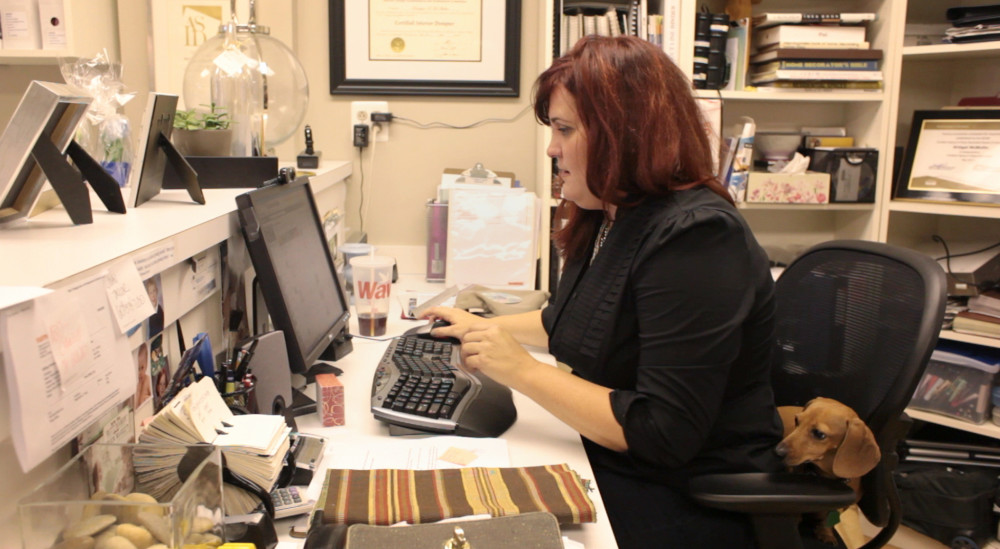By Eli Yokley
CQ-Roll Call.
WASHINGTON
Just before Christmas, the Senate Majority PAC, a group formed to help Senate Democrats win seats in the Senate, announced a nearly $1.5 million digital advertising campaign. Starting in Pennsylvania, it targeted states where Democrats are hoping to pick up seats in 2016.
That announcement is sure be followed by more, touting seemingly major spending to spread messages to voters across digital platforms such as Facebook, Instagram, Twitter and the massive Google ad network, as well as growing platforms such as Snapchat. But what is not clear is just how far each dollar on digital will go.
“If one campaign spends $500,000 and another spends $500,000, they have spent equal amounts but it is not always equal in the outcome or equal in the number of persuadable voters it reached,” said Tim Cameron, the chief digital strategist at the National Republican Senatorial Committee.
Even more than television advertising rates, which vary from hour to hour in different markets, pricing for digital advertising, simply because of the nature of the Internet, is even more fluid.
“Digital buying is much more democratic than TV buying,” said Mark Skidmore, a partner and chief strategist at the Democratic media firm Bully Pulpit, who has shepherded the digital efforts for the successful campaigns of President Barack Obama, Sen. Elizabeth Warren, D-Mass., and Sen. Claire McCaskill, D-Mo.
Both Skidmore and Cameron said campaigns should not neglect digital advertising and said a candidate should leverage at least 30 percent of their advertising budget digitally. Cameron said, “There’s been explosive adoption from people 55-plus who are using social networks like Facebook who are now on iPhones,” which he said makes the platforms even more lucrative.
In most cases, digital advertising is auctioned off to the highest bidder. If a campaign wants to have the ad before last night’s hot clip from “The Tonight Show with Jimmy Fallon,” it would likely be the case that they would pay significantly more than to have the ad run as pre-roll to last week’s buzzy cat video.
“There’s a lot more value in being behind a clip on YouTube that is very high quality content,” Cameron said. A user, he said, will “sit through the entire ad and then watch the clip with the sound on and be exposed” to the campaign’s message.
Ad placement has a lot in common with the rest of new economy, where costs depend on user volume, think Uber’s surge pricing, led by a high-tech auctioneer.
At Twitter, “What the system does is it looks at all the other potential advertisers coming for the same ad, evaluates all of those, and allows one of the advertisers to serve” its content at the cost of only one penny more than the second highest bidder, said Jenna Golden, the company’s head of political advertising sales.
Unlike on television or radio, Skidmore said, digital platforms allow advertisers to test the effectiveness of their messages in front of segmented audiences before putting their budgets behind them. Rather than buying a television ad and then surveying a TV market, digital platforms lets advertisers spend a relatively small amount of money and then present a user with a survey, such as one that might show up before a video or news website before a user can see the content, to determine whether the message persuaded. That metric is one that is particularly valuable to campaigns.
“A lot of folks, not just in politics, have been using digital metrics like engagement metrics to be a proxy for whether people like a brand or not,” he said, adding that in his view, those do not tell the entire story. “Just because I sign up for an email or like something, it doesn’t mean I’m favorable. It just means that I saw them and chose to follow it.”
Unlike television advertisements, the purchase of which are reported to the Federal Communications Commission, the placement of digital ads is not transparent. Cameron, who has done digital work for outside groups and the House Republican Conference, said it “is very hard to track exactly what our opponents are doing and what we’re doing, just in the sense that ad buys aren’t recorded out.”
And for users, Twitter’s Golden said, “you’re never going to know how you’re being targeted or why,” in part because there are so many ways for advertisers to find them. They can target hashtags or key terms with which they want their messages associated. They can pinpoint geographical location as large as a state, a congressional district or as small as a single ZIP code. They can find a list of people based on demographic factors, their ties to a campaign’s email list, or their shared interests, such as a list of Washington opinion makers.
“For the most part,” Skidmore said, “the platforms and tools and partners of ours that have been the best _ and you’ll see over 2016, are the ones where they’ve allowed custom list-matching and custom segments.”
Already, some advertising platforms have incorporated ways for their political clients to include disclaimers required by the Federal Elections Commission. On Snapchat, political advertisers work them into their prompted content. On Twitter, a political ad is accompanied by a purple “promoted” tag.
Cameron said the worst thing a campaign could do with digital platforms is ignore them by not investing, assuming that voters in their states are not online.
“That has been a commonality among losing campaigns, especially on the Senate side with Democrats and Republicans,” he said. In writing digital advertising off, he said, a candidate “is ceding a battlefield that may cost them their election.”














































































































































































































































































































































































